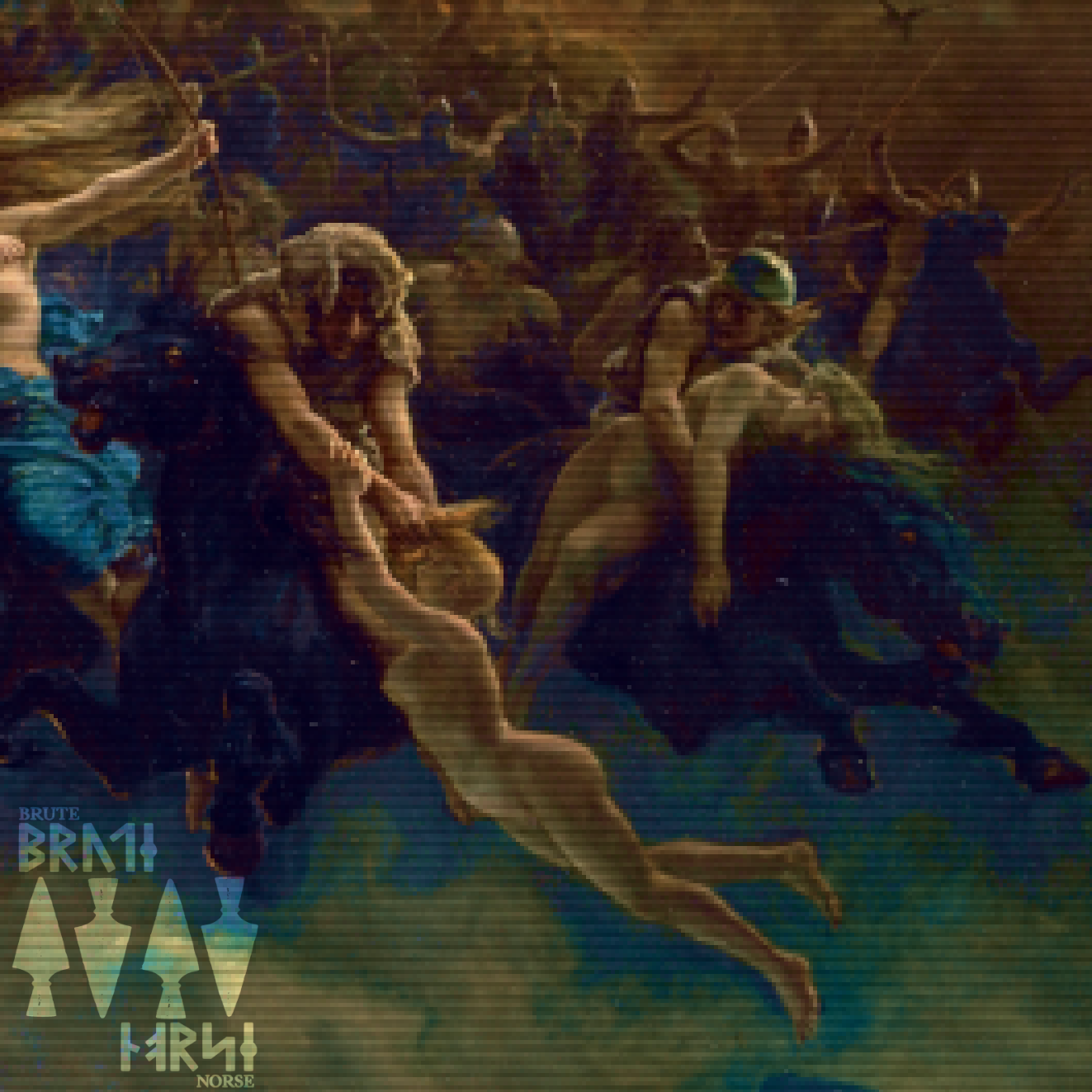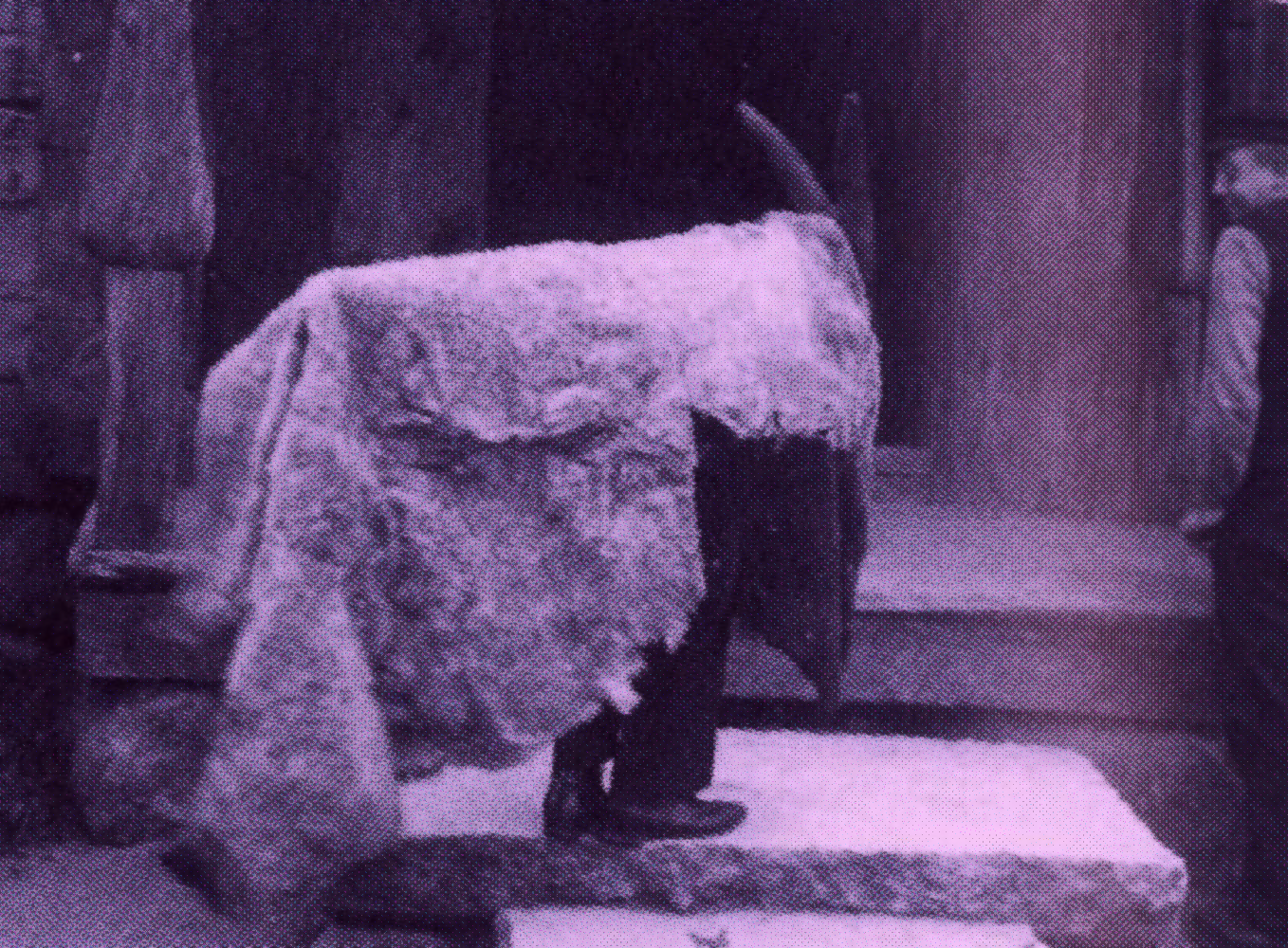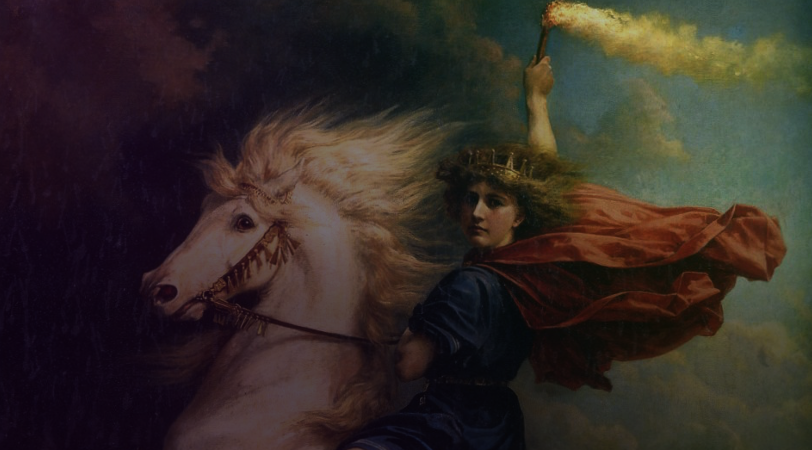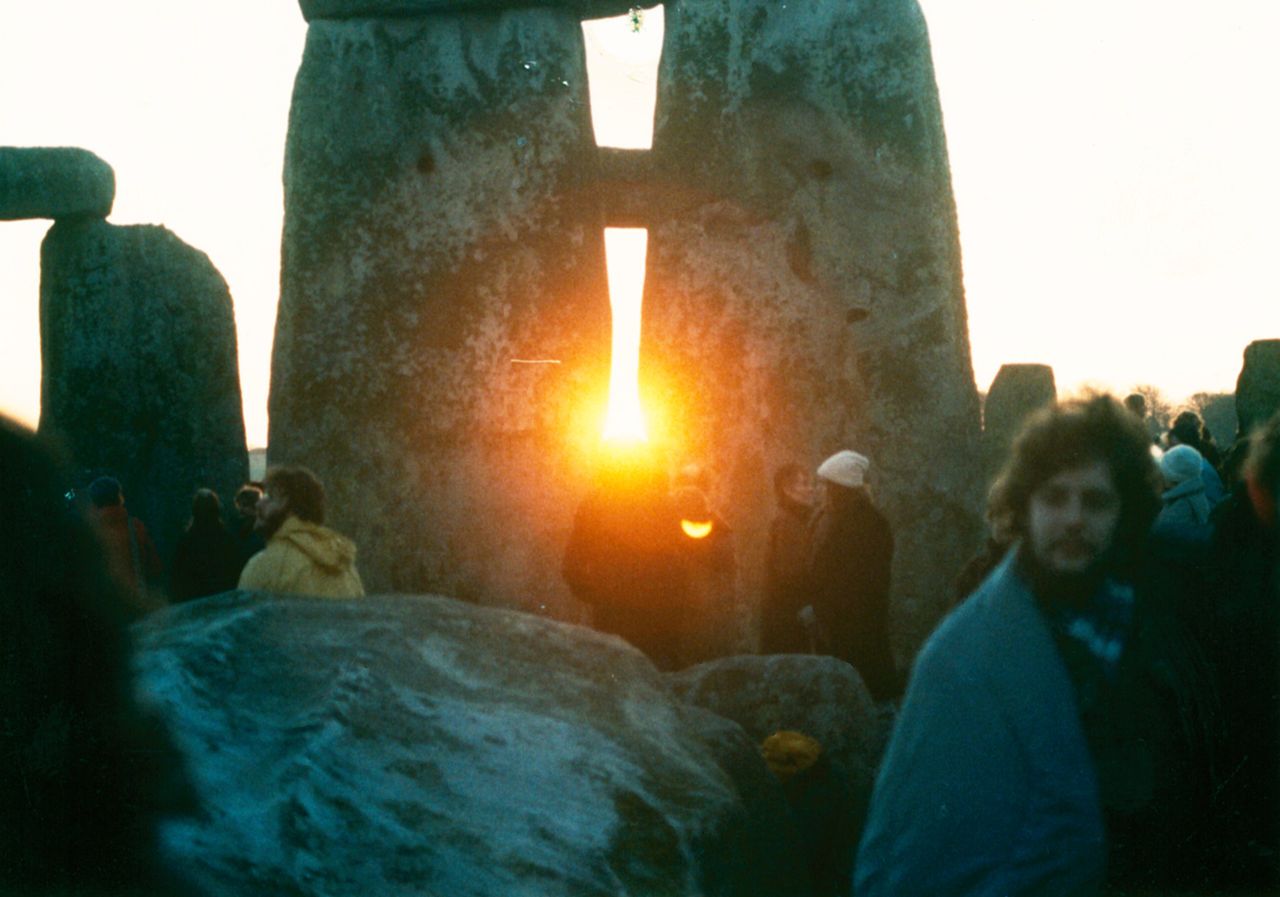So why the full moon, one may ask? In Nordic folk traditions, a remnant of this system seems crystalized in the concept of the Yule moon. The term is attested in Old Norse as jóla tungl, and in various derivatives in later Scandinavian folklore: Swedish 'jultungel', Norwegian 'jultangel' and 'julemaane', Danish 'jule mae', and Finnish 'joulukuu', all refer to the full moon around the time of the Epiphany, on January 6th in the Gregorian calendar, but later in the Julian. In other words, the first full moon of the new moon after the solstice. The association with the Epiphany, Nordberg adds, appears to be a Christian approximation from the older, pagan, calendrical system described above. Similarly, the Dísting market in Uppsala - which seems to have emerged from the pre-Christian dísablót to (from dísir, "goddesses") was indeed determined by the full moon. Nordberg argues that the Yule moon represents a pan-Scandinavian rule of thumb used to determine the time of the Yule blót in the pre-Christian lunisolar calendar, and that such a system of determining religious festivals would apply to the other quarters of the year as well, equating to roughly the next month of the equinoxes and solstices, in the full moon of the new moon succeeding them. The vætrnætr "winter nights", which marked transition from autumn to winter, and the corresponding dísablót, would have been celebrated on the full moon of the new moon, following the autumn equinox.
The beauty of this system is that not only does this open up a whole new paradigm towards understanding the religious life of pre-Christian Scandinavians, but it allows for a new level of celebration alongside more recent established traditions. Why not do both? As mentioned, we can actually tie ourselves onto the tradition of the great blóts at Lejre and Uppsala through a close, source-critical reading of primary sources. The last “great blót” was apparently celebrated in Uppsala in 1078, so you can easily pull out your calculator and determine when the next one will be. Last year in that cycle, I personally held a great feast where I almost burned myself alive, and a child was even born as a result (not of me setting myself on fire, but the mania of the occasion, presumably). This work cannot be underestimated!
Annual update, 2025:
On the peculiar 2025: We have been running long enough now that we have been able to see some intriguing outliers, and one such arrives in this lunisolar year of 2025-2026. This year we will see the full “Yule Moon” of the second month of Yule not until February 1st. This is, according to the system we’re working with, one day short of the last possible day in the interval. This whiplash recalls the leap year we saw in 2023, where the old calendrical tradition inserts a 13th lunar month to correct the year. Why? As we’ve said before, to keep them anchored to the solar year within a relative seasonal grace period, the fixing point being the winter solstice as we’ve established above. The first month of Yule (Ýlir) starts on the new moon corresponding to December 20th (2025), and ends on January 18th, when the second and proper Jólmánaðr begins: the full moon, once again, appearing on the first day of February.
Previous years:
When it comes to 2024: While last year saw an exciting 13 month lunar year and very early lunar “Yule Moon”, this year sees the new moon that initiates the second month of Yule on January 11th. So mark your calendar for January 25th, and remember this probably was a three-day event encapsulated by the night before and the night after respectively.
Regarding 2023: The second Yule-month will start on Decembery 23rd, the full moon of which is due to arrive rather early: on January 6th. Consequentially, since the first lunar month occurred less than 11 days after the solstice of ‘22, then 2023 is a leap year containing an additional 13th intercalary month to be added to the summer to avoid the catastrophe of the next Yule Moon happening before the winter solstice of 2023.
Concerning 2022: The second lunar month of Yule will commence on January 2nd, yielding a full moon on the 18th.
For the Yule Moon 2021: A new lunar month will not begin until January 13th, resulting in a relatively late Yule Moon at January 28th. See you then, and glad Yule!
While the 2019 Yule Moon coincided with a magnificent lunar eclipse, revelers of 2020 were wise to pay attention to the fact that the new moon occurred a measly five days after the winter solstice. Which meant that that the Yule Moon arrived early, on January 10th 2020. As a consequence, since the first lunar month occurred less than 11 days after the solstice, 2020 was a leap year, and contained an additional 13th intercalary month to be added to the summer to avoid the catastrophe of the next Yule Moon happening before the winter solstice of 2020.
If you enjoyed this article, please share it among like-minded individuals.
You can also support Brute Norse on Patreon or treat yourself to a book or a shirt or something from Brutenorse.bigcartel.com.
Also check out Kwellon.com for a selection of nifty alamanacs for the Germanic lunisolar year!
Literature:















